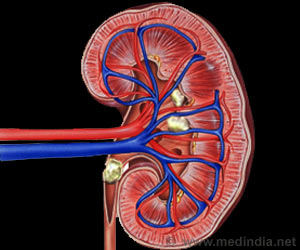h
Jeffrey Rimer and Abraham E. Dukler at the University of Houston conducted the first study to offer some resolution to the differing hypotheses of zinc.
“What we see with zinc is something we haven’t seen before. It does slow down calcium oxalate crystal growth and at the same time it changes the surface of the crystals, causing defects in the form of intergrowths. These abnormalities create centers for new crystals to nucleate and grow,” reports Rimer, Professor of Chemical and Biomolecular Engineering, University of Houston.
Calcium oxalate monohydrates (COM), the most naturally abundant form of calcium oxalate crystals along with various inorganic salts and organic compounds (e.g., proteins) deposits crystallize or stick together in concentrated urine form kidney stones.
This study using a combination of in vitro experiments and computational modeling published in Crystal Growth & Design decodes the effects of zinc on COM crystal growth at the molecular level.
The dual role of zinc on COM is confirmed by atomic force microscopy measurements shows the unique ability of zinc ions to alter the termination of crystal surfaces can help to identify new ways to prevent kidney stone formation.
Source: Medindia



